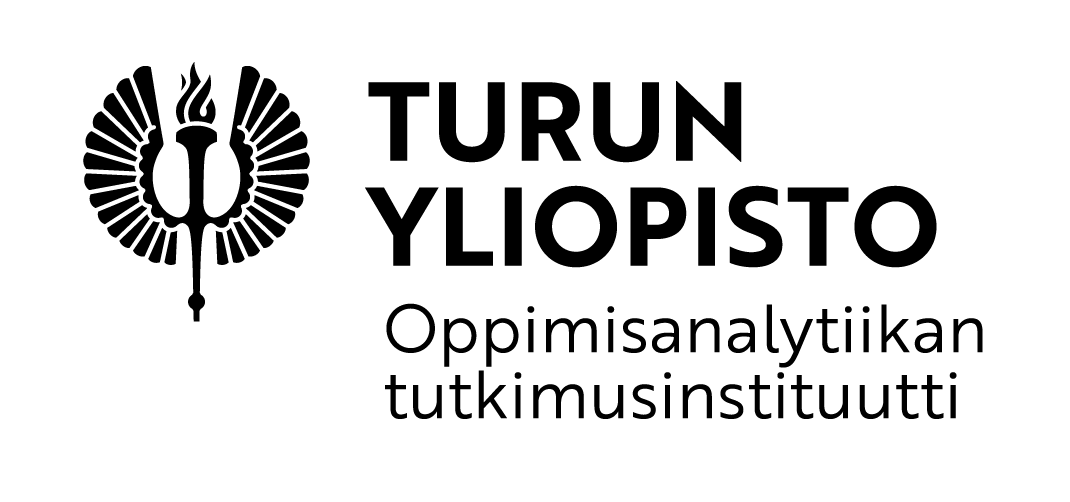Numeracy is divided into these following mathematical areas:
- Number System
- Basic Arithmetic Operations
- Fractions
- Decimal System
- Percentange Calculations
- Geometry
- Time and Measurement
- Perimeter, Area and Volume
- Statistics and Probability

Areas of numeracy skills can also be referred to as content areas, as in the mathematics curriculum of comprehensive education. However, school mathematics is often quite distant from the student’s natural mathematical environment, which they encounter in everyday activities including time managements, traveling, and making decisions as a consumer.
ViLLE’s numeracy portfolios include both exercises that develop fundamental skills in the subject area as well as applied tasks related to everyday mathematics. The digital learning environment provides immediate feedback, and in addition, the support portfolios often offer guidance when a student answers incorrectly. Nevertheless, the teacher’s support, encouragement, and guidance remain highly valuable alongside independent work.
CURRICULUM S1 – Thinking Skills and Methods
Learning must have a purpose, and the learner must find it meaningful for genuine learning to take place. When working on numeracy exercises, students observe, recall previously learned concepts, and potentially discover new methods to support mathematical comprehension. The exercises are designed to develop students’ thinking skills and their ability to apply knowledge at an appropriate challenge level, using guided images, models, and hints.
However, applied excercises do not focus narrowly on mastering a single method; instead, they maintain a broader mathematical competence. Recognising the meanings of new concepts and linking them to prior knowledge is essential for deep understanding. Rather than learning superficially, students need lasting skills to navigate various everyday situations independently.
As the studies progress, it is important to acknowledge that mathematics also has an abstract dimension. Conceptual shifts, such as the transition from natural numbers to rational numbers, can be challenging for students as they advance in their learning.
CURRICULUM S2 – Numbers and Arithmetic Operations
Number System
- Comparing quantities
- More – less – equal
- Even – odd
- Greater – smaller – equal
- Ordering numbers
- Patterns in number sequences
- The Concept of zero
- Decimal system
- Large numbers
- Negative numbers
- Integers – Rational numbers
- Exponentiation and square roots
Basic Arithmetic Operations
- Addition and subtraction
- Symbols: + – > < =
- Number decompositions
- Connection between addition and multiplication
- Multiplication and division, symbols
- Order of operations, parentheses
- Connection between multiplication and exponents
- Connection between division and square roots
- Equations and systems of equations
Fractions, Decimals, and Percentage Calculations
- Dividing wholes into parts
- Fractions and mixed numbers
- Like and unlike fractions
- Challenges in comparing fraction sizes
- Decimal system
- Currency calculations with decimals
- Connection between decimal numbers and fractions
- The Concept of Percentage
- Connection between percentages and fractions
- Percentages in statistical graphs
- Connection between percentages and decimals
- Taxes, interest rates, and price changes
CURRICULUM S3 – Algebra
Problem-solving using equations is integrated into various numeracy areas that are applied to everyday situations. Key algebraic concepts include unknowns, variables, equations, inequalities, and systems of equations. An unknown can also be a constant (e.g., in the equation y = ax + k, where a and k are generally understood as constants, and x is the variable).
CURRICULUM S4 – Functions
Functions are explored in numeracy tasks related to the number system and geometry. Mathematically, a function describes the dependence of one quantity on another. A function is also a rule that assigns a specific value for a given input. When we input a number into a function, it outputs another number based on a defined rule. Key function concepts include the concept of slope, constant term, direct and inverse proportionality.
CURRICULUM S5– Geometry
Geometry
- Recogniszing and naming shapes:
- Square, triangle, circle
- Cube, sphere, pyramid
- Cone, cylinder, prism
- Lines and angles:
- Line segment, line, half-line, angle
- Acute and obtuse angles
- Straight angle, right angle, full angle
- Circle properties
- Parallel, intersecting, and perpendicular lines
- Positive coordinate planesystem
- Quadrants of a coordinate plane
- Points and lines in a coordinate plane
- Equations of lines
Perimeter, Area, and Volume
- Perimeter of triangles, squares, and rectangles
- Perimeter of polygons
- Circumference of a circle, value of pi
- Area of squares and rectangles
- Area of triangles and parallelograms
- Area of a circle
- Volume of cubes and rectangular prisms
- Surface area and volume of other spatial geometric shapes
Time and Measurement
- Concepts of Time: year, month, week, day, hour, minute, second
- Whole hours, half hours, quarter hours, and minutes,
- An hour ago, in ten minutes
- Quantities: length, mass, and volume
- Units of measurement: meter, gram, litre
- Unit conversions: Milli-, centi-, deci-, deca-, hecto-, kilo-
CURRICULUM S6 – Data Handling, Statistics, and Probability
Statistics and Probability
- Tables and charts
- Interpretation and data analysis
- Impossible, possible
- Likely, certain
- Probability scale (0-100%)
- Direct and inverse proportionality
- Frequency, mode
- Median, mean
- Distribution, dispersion
- Use of a spreadsheet software
Go to the page: Assessing numeracy skills
